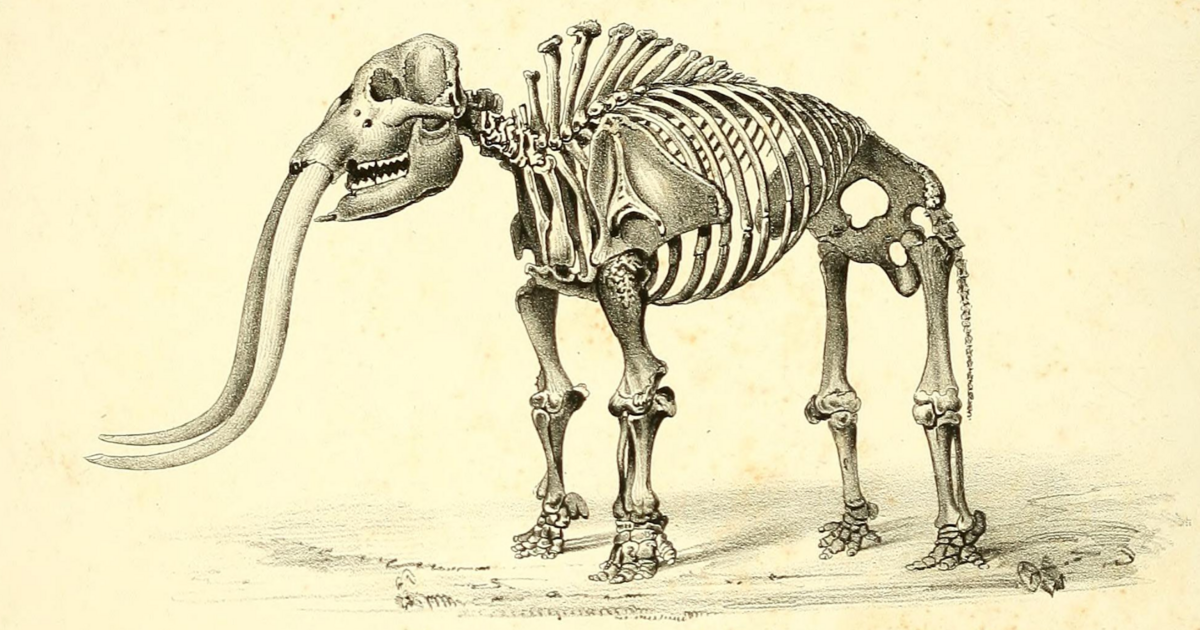For #FossilFriday here is a lovely #scorpion #fossil. This is Waeringoscorpio, a 395 million year old scorpion (scale bar 5mm). Those weird structures sticking out of the side have been interpreted as external gills. If correct, this early scorpion was aquatic. That could be a big deal. Recently the tree of life of arachnids has seen an upheaval when horseshoe crabs (aquatic chelicerates) have been placed within arachnids.
This means that either those dude(ttes) are secondarily aquatic, or there are multiple terrestrialisations in the arachnids. This scorpion highlights that whatever way we work this out, it'll be a bit messy. This species could suggest that scorpions terrestrialised separately to other arachnids. Or it could suggest that scorpions were terrestrialising early on, and gave rise to the lineage including spiders, which also have book lungs.
Alternatively it could be a weird, secondarily aquatic scorpion species.
There are many questions, and at the moment, fewer answers than we may like!
Images from the paper: Poschmann, M. et al.2008. The Lower Devonian scorpion Waeringoscorpio [...]. Paläontologische Zeitschrift, 82(4), pp.418-436.

